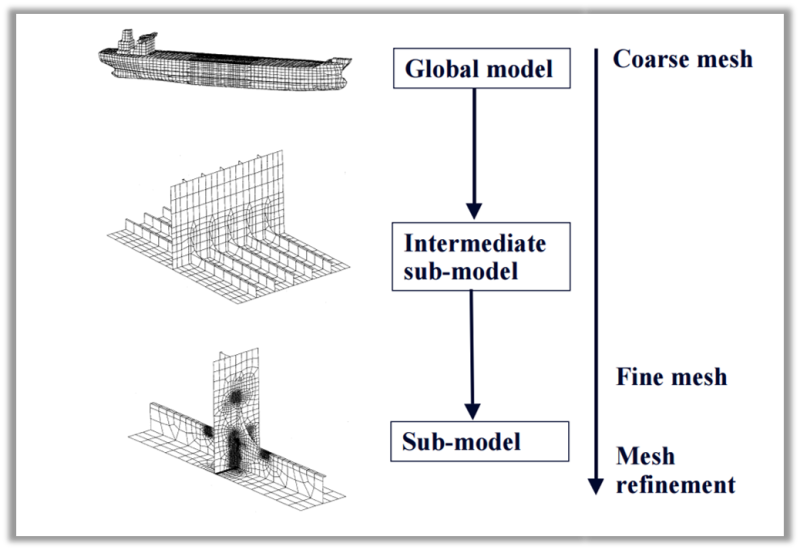Hi all,
I need some help (hope this is the right place to post).
I need to decide on the right FEA software for a project I will do.
Project: structural analysis of a very large asset. The model would have between 100 and 500 million degrees of freedom. Simulations of at least 50 load cases. Hence I need a fast solver, the fastest. Simulia-Abaqus, Ansys, MSC Apex, MSC Nastran, Femap, other???
By the way, Beam software would not work, because I need to model defects, damages on the structure, corrosion, cracks, etc.
As you can see the main issue is computational speed.
(university support, license cost or computer core power not an issue)
Thanks in advance!!
Alonso
I need some help (hope this is the right place to post).
I need to decide on the right FEA software for a project I will do.
Project: structural analysis of a very large asset. The model would have between 100 and 500 million degrees of freedom. Simulations of at least 50 load cases. Hence I need a fast solver, the fastest. Simulia-Abaqus, Ansys, MSC Apex, MSC Nastran, Femap, other???
By the way, Beam software would not work, because I need to model defects, damages on the structure, corrosion, cracks, etc.
As you can see the main issue is computational speed.
(university support, license cost or computer core power not an issue)
Thanks in advance!!
Alonso

![[smile] [smile] [smile]](/data/assets/smilies/smile.gif) . A model with the size you mention can be of interest as a demo for their software.
. A model with the size you mention can be of interest as a demo for their software.